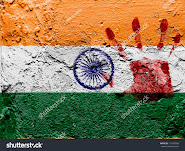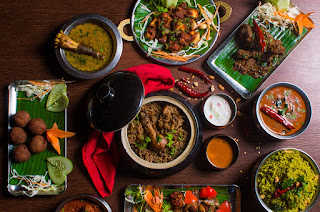What is History?

"The farther backward you can look, the farther forward you are likely to see." - Winston Churchill Our histories lie beyond the inevitability of change. The truths, the lies, the stories of humankind exist beneath the sheath of evolution. They are patterns that rhyme but not repeat. They are patterns within patterns. Patterns that affect other patterns. Patterns that reflect what we have created and destroyed. What we call today anarchy, are patterns we cannot discern. What we find random today, are patterns we cannot fathom. It's a point where our memories meet documentation and our imperfections meet our inadequacies. History is the story of how we changed. Over time and space. The crafting of thoughts from the past that we desperately try to reinstate in our present. The tendency to reason our future on the basis of how we've been living so far, how our stories had been. The fact that we 'will' depends upon what we 'had'. It i




